|
The platypus is arguably the most bizarre mammal alive today (although I wouldn't rule out naked mole rats, pangolins, or humans). In April and May, Trish and I were lucky enough to spend over three weeks in the tropical northeast corner of Australia. When we were staying at Hidden Valley Cabins near Paluma, Ian (one of the owners) took us to a nearby river to try to spot the elusive platypus. We sat silently by the shore of the river as the sun set and the surrounding forest became dark, but the creatures were unwilling to show themselves. Ian was as disappointed as we were, so he insisted on taking us again the next evening. This time we saw two platypuses, and we were ecstatic. Due to our success, Ian ceremoniously gave us each an Australian 20-cent coin, which features a platypus. At first glance, a platypus could be mistaken for a water mammal that is very common in my home state of Missouri, the muskrat. I've seen plenty of muskrats (and beavers, for that matter), so why was I so excited to see a platypus? Because the platypus is unlike any other mammal on Earth--an egg-laying, duck-billed mammal with venomous stingers on its hind feet! It is so bizarre that the first scientists to examine a preserved platypus in 1799 declared that it was a fake. they thought someone had sewn together the parts from several different animals. So what the heck is a Platypus? The platypus is a mammal in the order, monotremes (along with echidnas, which I featured in a previous email). It is the only living member of a monotreme family called Ornithorhynchidae. The most amazing thing about monotremes is that they lay eggs instead of giving birth to live young. The platypus has become an iconic animal of Australia. Amazing facts about the Platypus The platypus has many names. No one seems to agree on the correct plural form of the word, platypus. Some scientists use the word "platypuses," while others use "platypus." Some Australians use the word, "platypi." Early settlers in Australia referred to them as "duckbills," "watermoles," and "duckmoles." Long ago (before about 60 million years), monotremes were the dominant mammals throughout Australia. There were many more species of monotremes at that time. But then marsupials invaded Australia (marsupials are the pouched mammals like kangaroos, koalas, and possums). It is thought that the marsupials were able to out-compete the monotremes, gradually replacing nearly all of them. So, why did the platypuses and echidnas survive? Probably because of an aquatic (swimming) lifestyle. Yes, I know that echidnas are terrestrial animals, but recent studies show that their ancestors that existed when marsupials invaded Australia were more similar to platypuses. Echidnas diverged from platypuses less than 50 million years ago. Platypuses are fairly small mammals. Females average 17 inches (43 cm) in length, including the tail. Males average 20 inches (50 cm). But based on fossil teeth, we now know that at least one much larger species existed millions of years ago. At about a meter long, it was twice the size of modern platypuses. See artist drawing below. Why do platypuses have a duck bill? The bill is a special adaptation for feeding on invertebrates that dwell in the bottom substrate of creeks and ponds. The platypus swipes its bill back and forth to expose their prey animals. Even more amazing, though, is that not only are these bills highly sensitive to touch, they also have rows of electroreceptors, which allow the platypus to locate their prey by detecting the tiny electric signals generated by muscle contractions in their prey. Therefore, the way they feed is similar to that of hammerhead sharks. Platypuses are venomous! The males have spurs on their hind legs that inject venom that causes extreme pain, and can even kill animals as large as cats and dogs. The main purpose of these spurs is probably to aid the males in fighting each other during the mating season, but they can also be used in self-defense. Another interesting fact is that similar spurs have been found on the legs of many fossilized ancient mammals. So even though platypuses are one of only a few venomous mammals alive today, apparently venom was common in mammals in the past. Check out this National Geographic video on platypuses. Platypuses really do lay eggs. Astoundingly, because platypus nests are difficult to find, it wasn't until 1884 that scientists confirmed that they actually lay eggs (almost 100 years after Europeans first encountered these creatures). In 1884, the British scientist William Caldwell was sent to Australia to confirm this. With the help of 150 native Aborigines, he finally located a nest with a few eggs. Because of the high cost of wiring numerous words from Australia to London, he sent the following brief message: "Monotremes oviparous, ovum meroblastic." What does this mean? It means, "monotremes lay eggs, and the eggs are similar to those of reptiles in that only part of the egg divides as it develops." The reason platypus nests are so difficult to find is that the females construct them in extensive burrows, up to 66 feet (20 m) long, near the water's edge. The photo below is a replica of a platypus nest with eggs. Platypus eggs develop inside the female's body for about 28 days, then they are incubated in the nest for only ten days. This is very different from birds. For example, in chickens, the egg spends only about one day in the female's body and is then incubated outside the body for 21 days. Check out this rare video of hatching platypuses. And here are two young platypuses: One more little tidbit of information. Not only is the platypus included in Aboriginal "Dreamtime" stories, it is also featured on numerous Australian coins and stamps, and it was one of the mascots chosen for the Sydney 2000 Olympics. Perhaps today it is best known to kids because of the character, Perry the Platypus, in the animated TV show, Phineas and Ferb. Perry is a pet platypus, but unbeknownst to his owners, he leads a double life. He is also a secret agent for The O.W.C.A. (The Organization Without a Cool Acronym), a government organization of animal spies. So, the platypus deserves a place in the S.A.H.O.F. (Supernacular Animal Hall of Fame). FUN FACT: The word supernacular originated in the 1840s. Originally it was used to describe a drink (particularly an alcoholic drink) that was excellent, or good to the last drop. But since then it has been used more broadly to mean superb or outstanding. So, supernacular is another way to say awesome! Photo Credits:
Kansas State Fair - Lindsey Bauman/The Hutchinson News Painted-face Sisters - Stan C. Smith Midway at night - Stan C. Smith Platypus Head - Zoos Victoria Large Extinct Platypus - Peter Schouten, SciNews Platypus Nest - Wikimedia Commons Baby Platypuses - Imgur Perry the Platypus - Fandom
0 Comments
Trish and I recently completed a seven-day wilderness canoe trip in the Boundary Waters Canoe Area in northern Minnesota. Well, this time we took two grandsons with us, ages 16 and 18. Do you have any idea how attached today's teens are to their digital devices and other technology? To me, the idea of not having any technology for a week sounds like bliss (sure, I love technology, but I love nature even more). But if you mention this possibility to teenagers, their heads might explode. Yep, it's that traumatic. But grandsons Ellis and Gabe were real troopers. They both love to go fishing, and they seemed to enjoy every minute of the adventure (although they had digital devices in their hands within seconds of returning to our vehicle). I do believe all the paddling and portaging may have worn them out a few times... One day, the two boys went out in their canoe to explore one of the lakes. They spotted a moose antler resting on the bottom of the lake. Somehow (perhaps I don't want to know all the details) they managed to retrieve the antler and they brought it to the campsite (we left it there for others to enjoy... there are rules against taking such things home). If this antler hadn't been submerged in water, it would have been eaten by squirrels and mice months ago. A few days later we saw a bull moose swimming across the lake. These moose-related events are why I chose today's awesome animal. Awesome Animal - Moose The only place I've seen these amazing creatures is during our annual canoe trips to the Boundary Waters Canoe Area in northern Minnesota. Unfortunately, their numbers are decreasing in that area due to the worldwide warming trend. The moose and wolf populations are moving northward, with white-tailed deer and coyote populations moving up and taking their place. I have nothing against white-tailed deer and coyotes, but I see them all the time here in Missouri. When we travel north to the border of Canada, we enjoy seeing those animals that we think of as traditional "Northwoods" creatures. It's sad that the next generation of BWCA paddlers will see very few (if any) moose or wolves in that area. But we're still seeing a few of them. Here is a cow moose and her calf that Trish and I saw a few years ago: So what the heck is a Moose? The moose (Alces alces) is the largest species of the deer family (Cervidae). They are immediately recognizable to most people, with a distinctly bulbous snout that sets them apart from other large deer such as the North American elk. But the names moose and elk can be confusing. Why? Because in Europe, moose are called elk. And to confuse things even more, in North America there is another large deer species called the elk (Cervus canadensis, also called the wapiti). So the American elk is not a moose, but the European moose is actually an elk. Makes perfect sense, right? Amazing facts about Moose Yep, the plural form of moose is moose. Not mooses, or meeses, or mice. Moose are big! Adults stand 4.5 to 7 feet (1.4 to 2.1 meters) tall at the shoulder. This is at least a foot (30.5 cm) taller than the next tallest deer, the American elk. Bulls weigh up to 1,500 pounds (680 kg). Cows are somewhat smaller, up to 1,080 pounds (490 kg). The bulls' antlers can span six feet (1.8 m). The moose is the second largest land animal in both North America and Europe (only the bison is larger). I've always been fascinated by animals that grow antlers (which fall off and are regrown each year) versus animals that grow horns (which continue to grow without falling off). Consider this: a bull moose's pair of antlers can weigh up to 60 pounds (27 kg). Imagine how strong their necks have to be to lug this weight around! And imagine how strange it must feel to the moose when the first one falls off each year (they rarely fall off at the same time). If I had a 30-pound antler on one side of my head, I would probably find myself walking in circles. Check out this video of a moose shedding one antler (I love the family's comments as they are recording this). Antlers are very important to male moose (and all deer) in obtaining mates (larger antlers help them in their dominance over other males), but they shed these antlers in the fall to save energy over the long winter. A male moose also has a large "beard" hanging below its chin, made of hair and loose skin. This is called a dewlap (females have them, too, but they are smaller). Oddly, no one is sure exactly what the dewlap is for. Some biologists suggest that it helps the males spread their scent (in the form of urine) onto trees to mark their territory or onto females (isn't that romantic?). Now, here's a weird fact about moose antlers. If a bull moose is castrated (um... maybe by an attacking wolf or by trying to jump over something?), his antlers will quickly fall off. Soon after, he will grow a new set of antlers, but these will be oddly shaped and deformed. And this new set of antlers never falls off. Yep, the moose wears them the rest of his life. This happens often enough that these strangely-shaped antlers have a name--"devil's antlers." Native Americans have several myths regarding such antlers. See the photo below. One more bit about the moose in popular culture. For some reason (possibly the moose's goofy looks), moose are extremely popular in cartoons and children's books. Dr. Suess wrote a beloved book titled Thidwick the Big-Hearted Moose. And then there's If You Give a Moose a Muffin by Laura Numeroff, as well as many more. There's the craft beer called Moose Drool, from Big Sky Brewing in Montana. By the way, I used to brew my own beer, and once I used a recipe that was supposed to resemble Moose Drool, but instead it was called Caribou Slobber... but I digress. There are countless moose products, from moose-shaped coffee mugs to moose toilet paper holders. But perhaps my favorite pop culture moose is Bullwinkle. Bullwinkle J. Moose is a character from an old cartoon TV show that played from 1959 to 1964. You know... back when they made the really good cartoons. Repeats of this awesome show have been playing for over 50 years. In 1996, Bullwinkle was rated by TV Guide as the #32 greatest TV star of all time. Although Bullwinkle was rather dim-witted, he was balanced out by his smarter partner, the flying squirrel named Rocky. Hmmm....I wonder if I can find these shows on Netflix or DVD... So, the moose deserves a place in the R.A.H.O.F. (Righteous Animal Hall of Fame). FUN FACT: The word righteous originated before the year 900, so it has been around for a while. It started as the Middle English word rightwos but eventually became righteous. Original meaning: someone characterized by uprightness and morality (hmm... that sounds like Bullwinkle to me). Eventually, though, a slang form came to mean absolutely genuine or wonderful, as in, "That ice cream was righteous!" Or, "Did you see Chuck Norris beat up those bad guys? That was righteous!" So, righteous is another way to say awesome! Photo Credits:
Boundary Waters photo of cow moose with calf - Stan C. Smith Bull moose #1 - National Park Service Bull Moose with dewlap - Pinterest Devil's Antlers - Mary Anning's Revenge Rocky and Bullwinkle - Dreamworks Wiki |
Stan's Cogitations
Everyone needs a creative outlet. That's why I write. Archives
July 2024
|

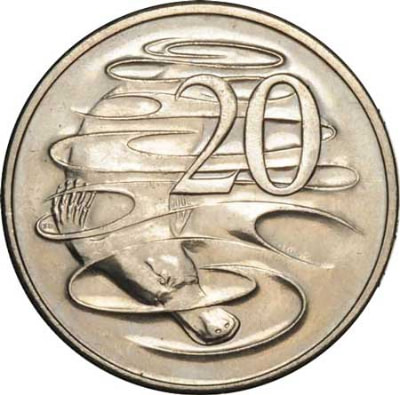
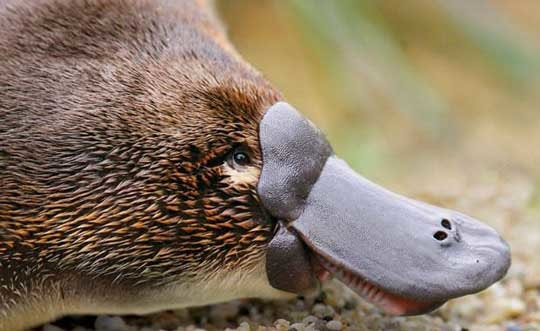
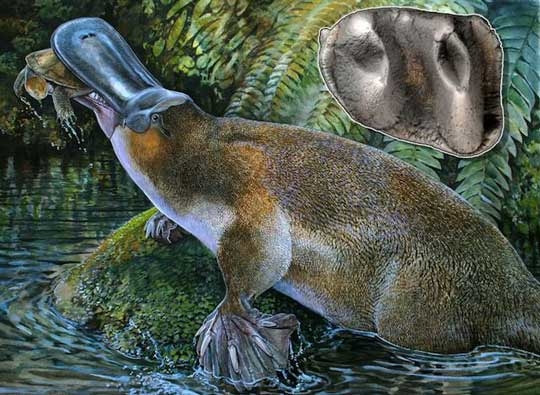
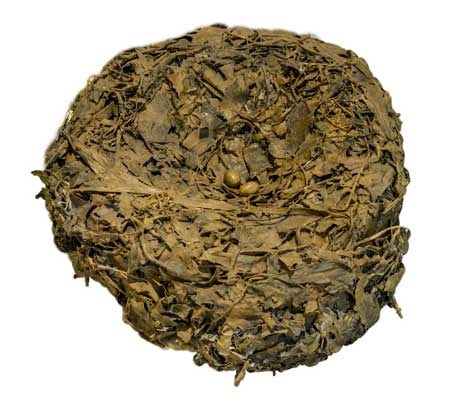
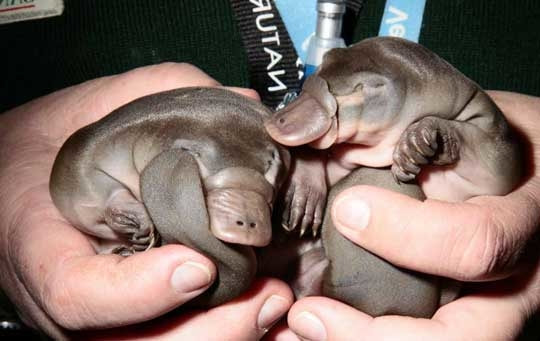
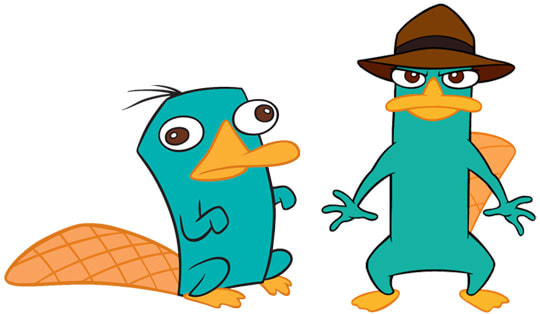
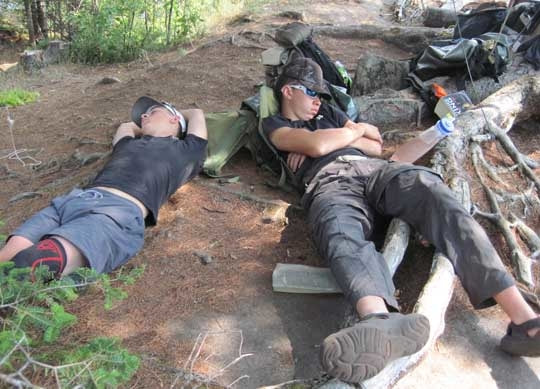

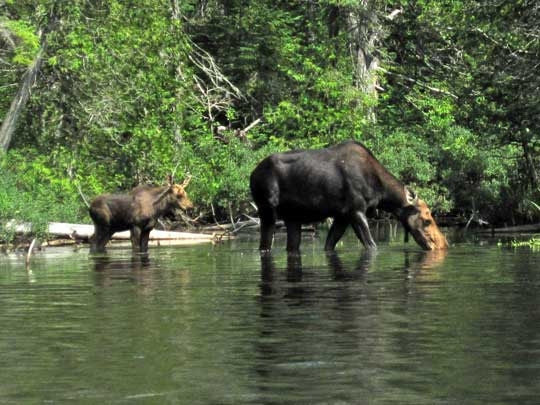
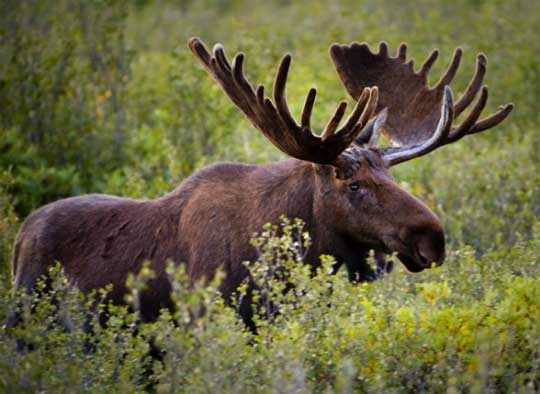
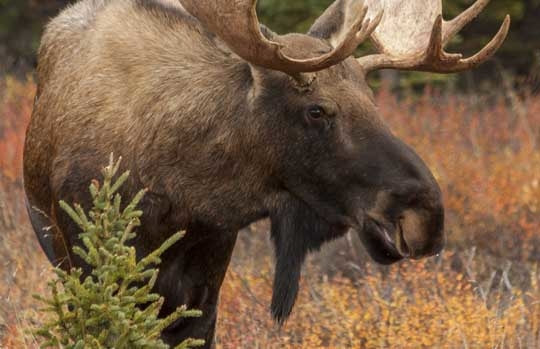
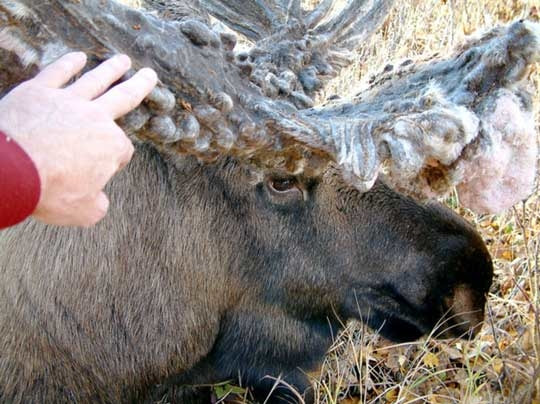
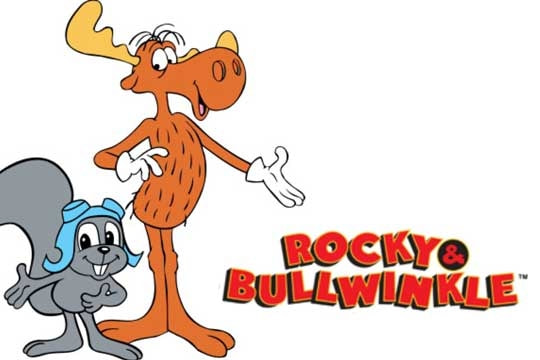
 RSS Feed
RSS Feed